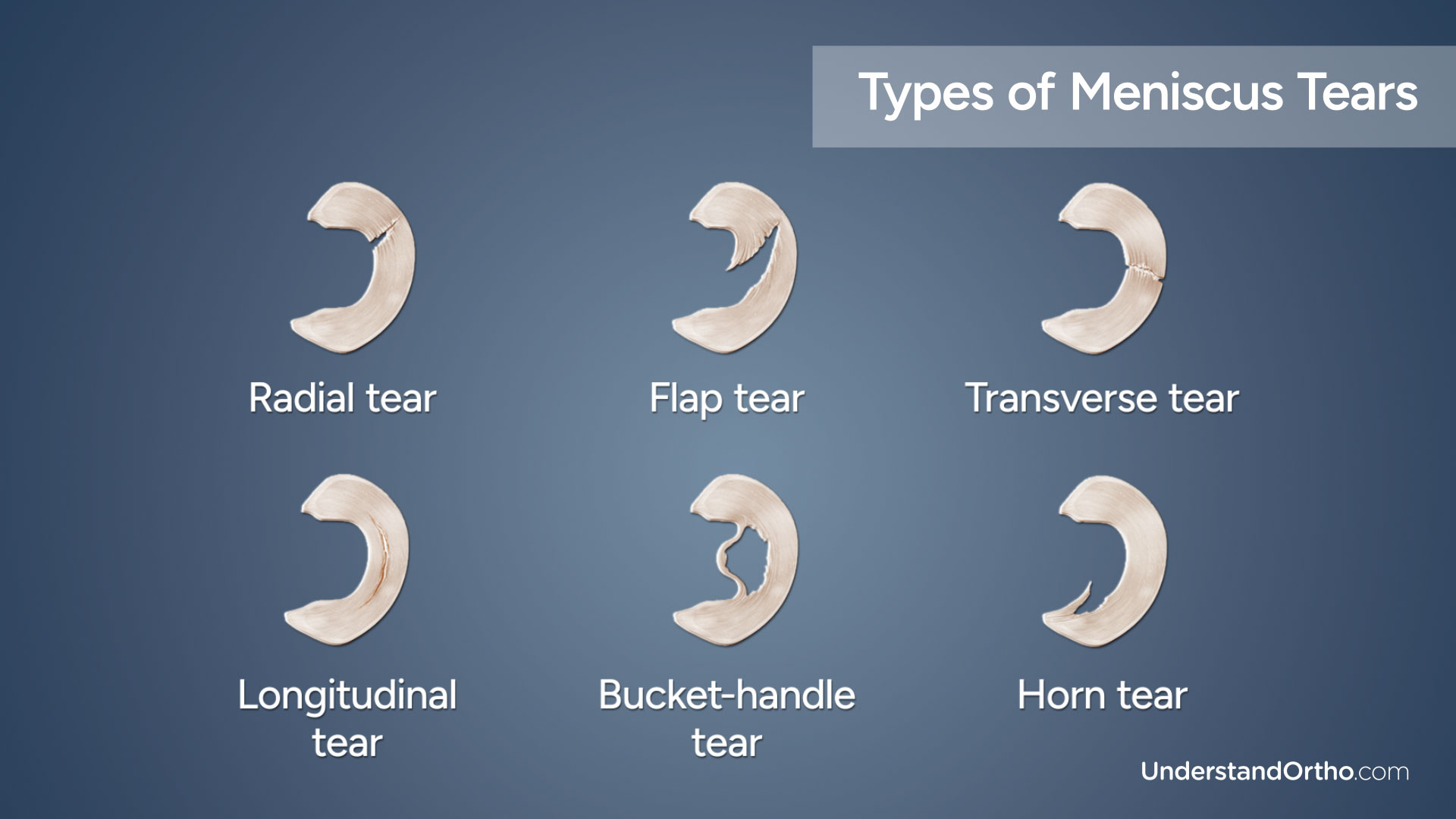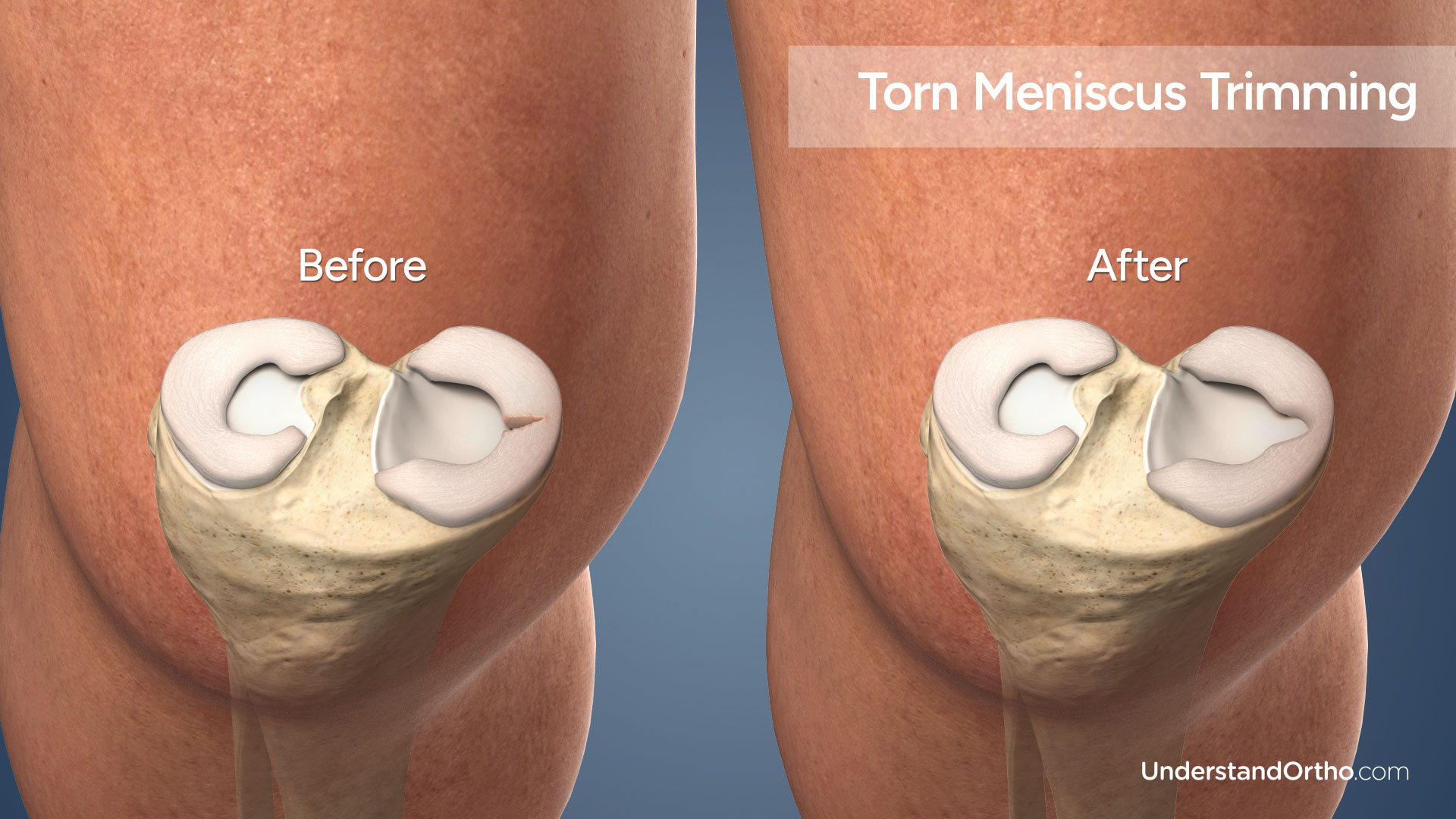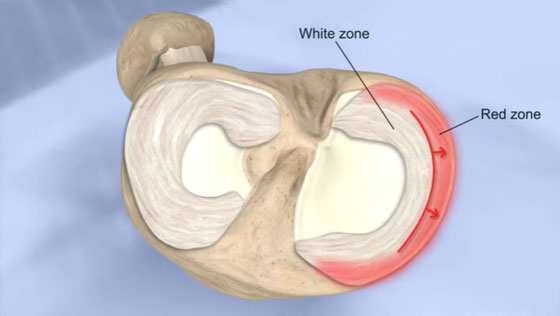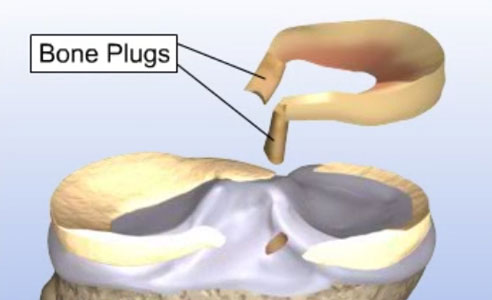What is a Torn Meniscus Trimming?
Torn meniscus trimming (also known as partial meniscectomy or partial meniscal resection) is a surgical procedure that is typically performed arthroscopically in order to trim and remove damaged cartilage inside the knee joint.
Key statistics about Torn Meniscus Trimming
- Over 500,000 arthroscopic meniscus trimming procedures are performed in the United States each year[1]
- In 90% of patients without osteoarthritis or knee instability, meniscus trimming has good or excellent results[2]
- Trimming of the medial meniscus is typically associated with better results than trimming of the lateral meniscus[3]
Expert Insights
Understanding Meniscus Tears - Daniel Cooper, MD
Knee Anatomy
The knee joint is formed by three bones: the femur (thigh bone), the tibia (shin bone), and the patella (kneecap).
The menisci are two crescent-shaped pieces of cartilage positioned on either side of the knee, between the tibia and femur, while articular cartilage covers the ends of the bones. The medial meniscus and lateral meniscus work together with articular cartilage to absorb shock, disperse weight, and reduce friction as the knee moves.

What are Meniscus Tears?
Meniscus tears are some of the most commonly-occurring knee injuries. There are two primary categories of meniscus tears:
- Traumatic tears: acute tears that are the result of traumatic injury typically involving pivoting or twisting of the knee, and commonly occur in athletes
- Degenerative tears: chronic tears that are often a normal consequence of aging and commonly occur in older individuals
Meniscal tears occur in a variety of patterns such as: radial tears, flap tears, transverse tears, longitudinal tears, bucket-handle tears, and horn tears.

Meniscal tears can cause pain, swelling, instability, and reduce the range of motion of the knee. Left untreated, meniscal tears can worsen and eventually lead to osteoarthritis in the affected knee.
Why is Torn Meniscus Trimming performed?
There are a variety of techniques used to address meniscus tears including nonsurgical options, meniscus trimming, meniscus repair, and meniscus removal and transplant. The age of the patient and the location and type of tear will determine which technique will be used to address the injury.
Meniscus trimming can be performed to address both traumatic and degenerative meniscal tears. Radial and flap tears are most likely to result in meniscus trimming.
How is Torn Meniscus Trimming performed?
- The surgeon will make small incisions around the knee joint and an arthroscope will be inserted into one of the incisions.
- Saline solution is pumped into the joint to expand it and improve visualization.
- Images from the arthroscope are sent to a video monitor where the surgeon can see inside the joint.
- The damaged cartilage is trimmed and removed, leaving healthy meniscus tissue in place.
- Finally, the saline solution is drained, instruments are removed, and the incisions are closed using sutures.

What are the risks of Torn Meniscus Trimming?
It is uncommon to experience complications from meniscus trimming, but potential risks may include:
- Infection
- Blood clots
- Nerve or blood vessel damage
- Knee stiffness
How long does it take to recover from Torn Meniscus Trimming?
-
24 hours after surgery
Most patients are able to return home the same day as their procedure. Pain medication will be prescribed, and crutches may be provided. -
1-2 weeks after surgery
Any non-dissolvable sutures are removed, and most patients are able to resume driving and most daily activities. -
4-6 weeks after surgery
Most patients are fully recovered from meniscus trimming.
What are the results of Torn Meniscus Trimming?
The objective of torn meniscus trimming is to preserve healthy meniscus tissue in order to prevent osteoarthritis, restore knee function, and reduce pain. Meniscus trimming has a much shorter recovery time than meniscus repair, and is an effective method to address knee cartilage damage.
Find an Orthopedic Doctor in Your Area




